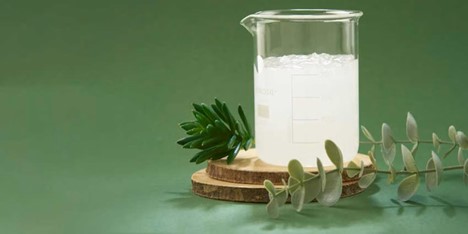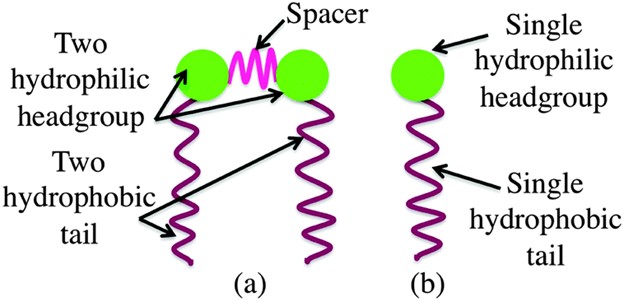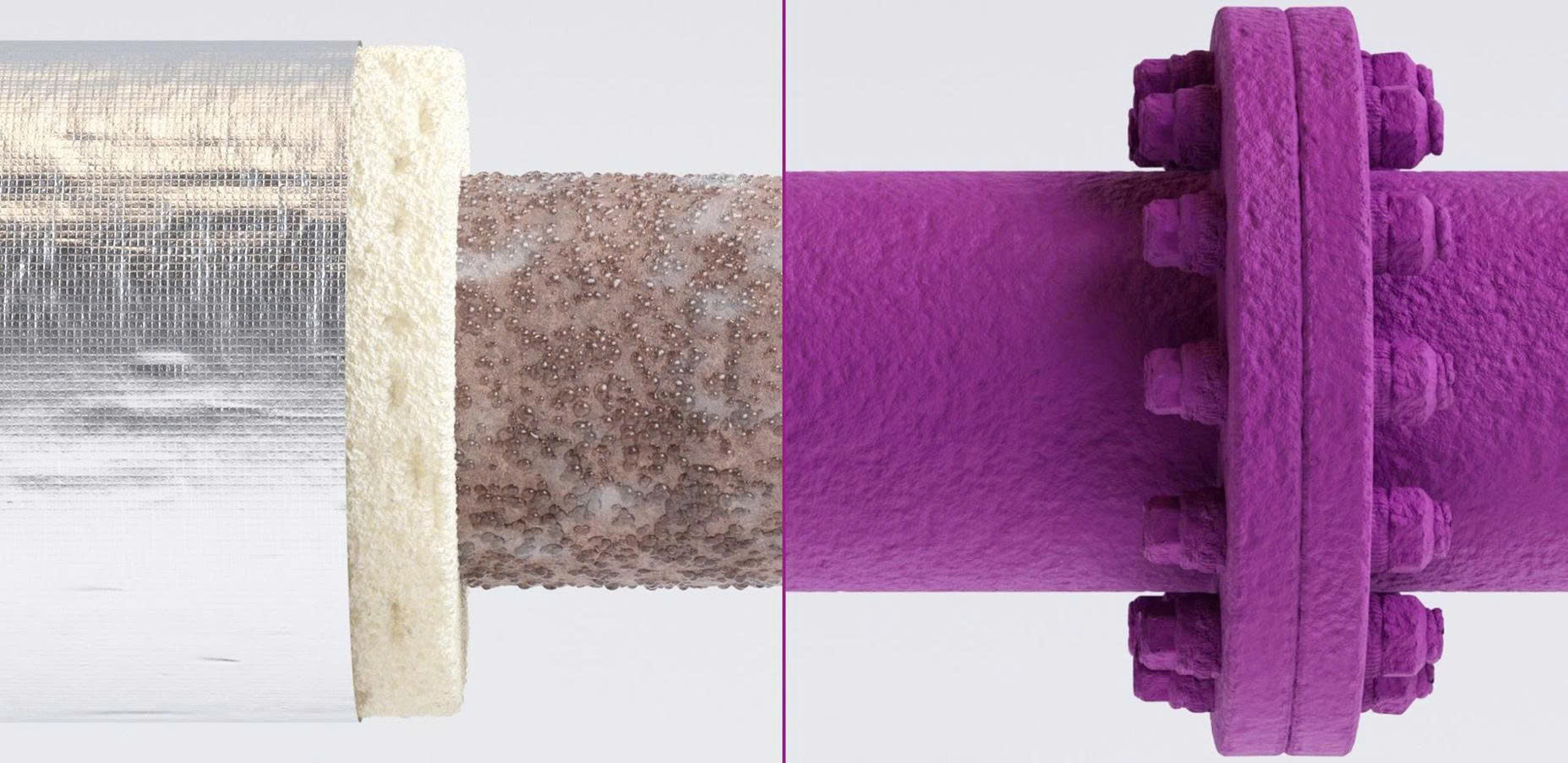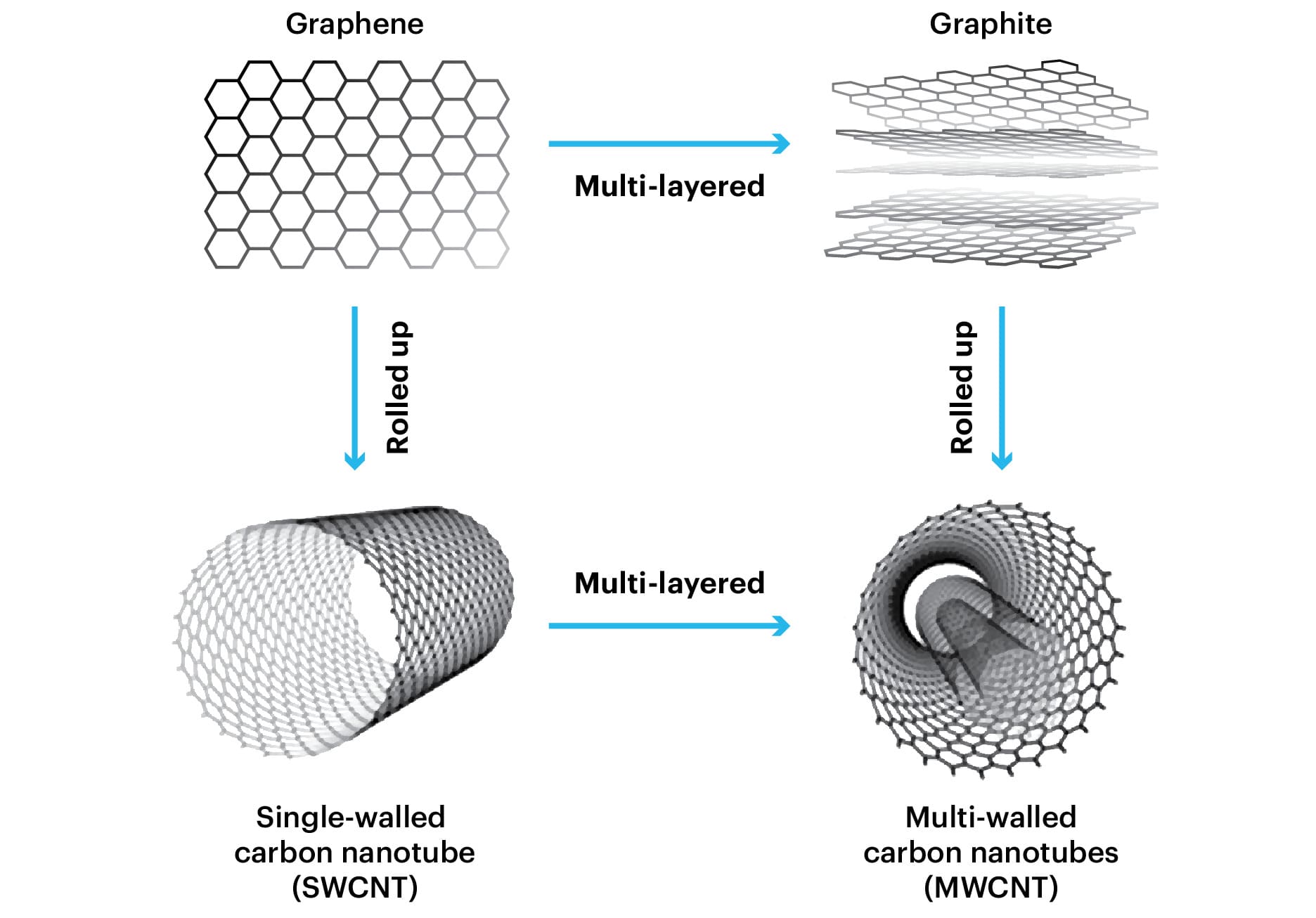Alcohol Ethoxylate Surfactants Emerge as an Environmentally Friendly Choice
News
07/11/2024In the surfactant space, alcohol ethoxylates (AEs) are increasingly dominant as industries push towards greener and safer products, while nonylphenol ethoxylates (NPEs) and alkylphenol derivatives face regulatory pressure due to environmental concerns. This shift is driven by growing awareness of the environmental impact of NPEs and the need to find sustainable alternatives.
Alcohol Ethoxylate: The Green, Biodegradable Choice
AE, widely used in household detergents to industrial cleaners, is increasingly appreciated for its biodegradability and low toxicity . Unlike NPE, which can persist in water systems for a long time and is harmful to aquatic life, AE degrades more easily in the environment, making it a safer choice for the ecosystem.
Criteria for Assessing Sustainability and Hazard Levels for Aquatic Ecosystems
Acute Aquatic Toxicity (L/E/IC50 Value) | Biodegradation Rate |
| ≤1 ppm | Acceptable if biodegradation occurs within 10 days without generating degradation products of concern. |
| >1 ppm and ≤10 ppm | Quá trình phân hủy sinh học diễn ra trong vòng 10 ngày mà không tạo ra các sản phẩm phân hủy đáng lo ngại. |
| >10 ppm | Quá trình phân hủy sinh học diễn ra trong vòng 28 ngày mà không tạo ra các sản phẩm phân hủy đáng lo ngại. |
Another significant advantage is that AEs can be produced from bio-based feedstocks , which contributes to their growing appeal. The use of renewable feedstocks aligns with global sustainability goals and supports industries in reducing their environmental impact. Additionally, AEs are recognized for their effective wetting, detergency and emulsifying properties—performance benefits that make them equal or even superior to NPEs in a wide range of formulations.

NPE and APE: High Performance but Environmental Challenges
Nonylphenol ethoxylates (NPE) and alkylphenol ethoxylates (APE) have long been favored for their strong emulsifying, foaming, and dispersing properties. With high stability under harsh conditions, these surfactants have been widely used in industrial, textile, and agricultural cleaning. However, their environmental impact is a matter of concern.
Studies have shown that NPEs and APEs are slow to degrade and have the potential to bioaccumulate in aquatic environments, posing a risk to marine ecosystems. As a result, regulators in North America and Europe are increasing restrictions on these compounds. Manufacturers are now having to rethink their formulations, looking for alternatives that are both effective and environmentally friendly.
Industry Trends: Towards Sustainable Solutions
The rise of alcohol ethoxylates reflects a larger trend across many industries, as companies prioritize environmentally friendly surfactants to meet stringent regulatory standards. AE, with its low environmental impact and versatile application capabilities, is quickly becoming the preferred choice for companies looking to adapt to an increasingly regulated marketplace. As the regulatory landscape evolves, the spotlight is being turned on sustainable innovations—and alcohol ethoxylates are leading the way.
This shift is a win for environmentalists and a sign of change for industries that are adapting to meet the demands of a greener, more sustainable futuristic.
Nouryon is a well-known global chemical group, specializing in the production of specialty chemical products serving many industries. One of Nouryon’s main product lines is Alcohol Ethoxylate (Narrow range) (trade name: Berol®), a surfactant widely used in industries such as industrial and household cleaning, cosmetics, textiles, water treatment, and agriculture.
According to the United States Environmental Protection Agency. (2024, May). Information Sheet: Alcohol and Nonylphenol Ethoxylates



